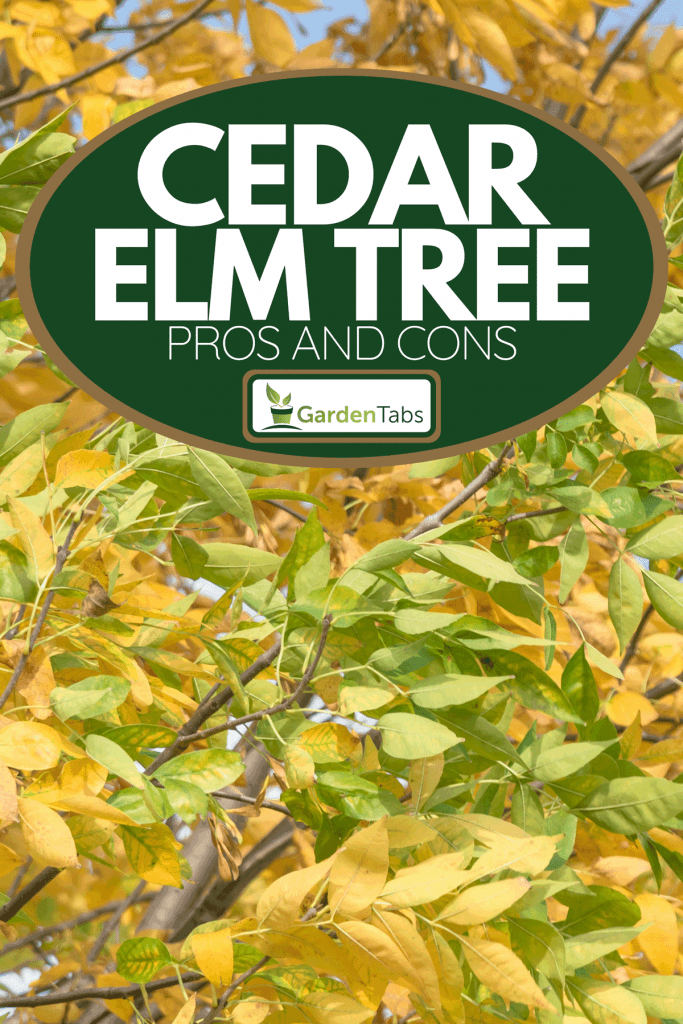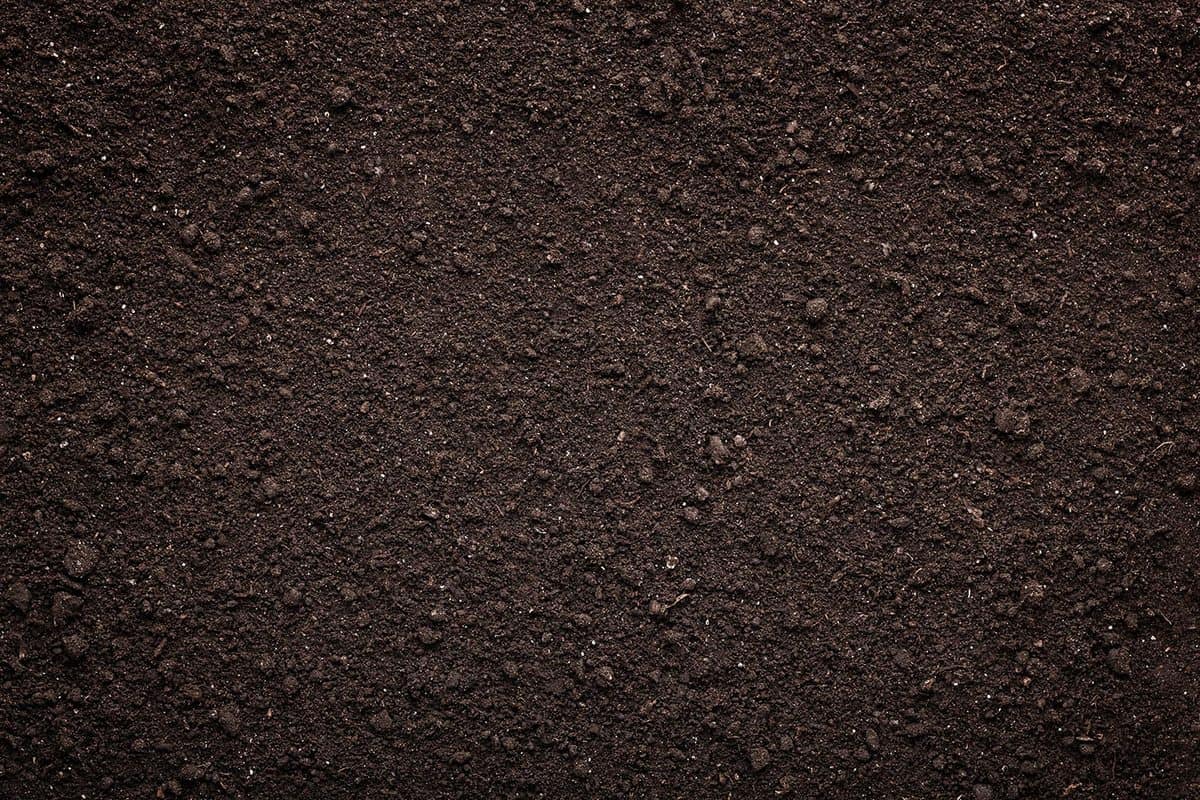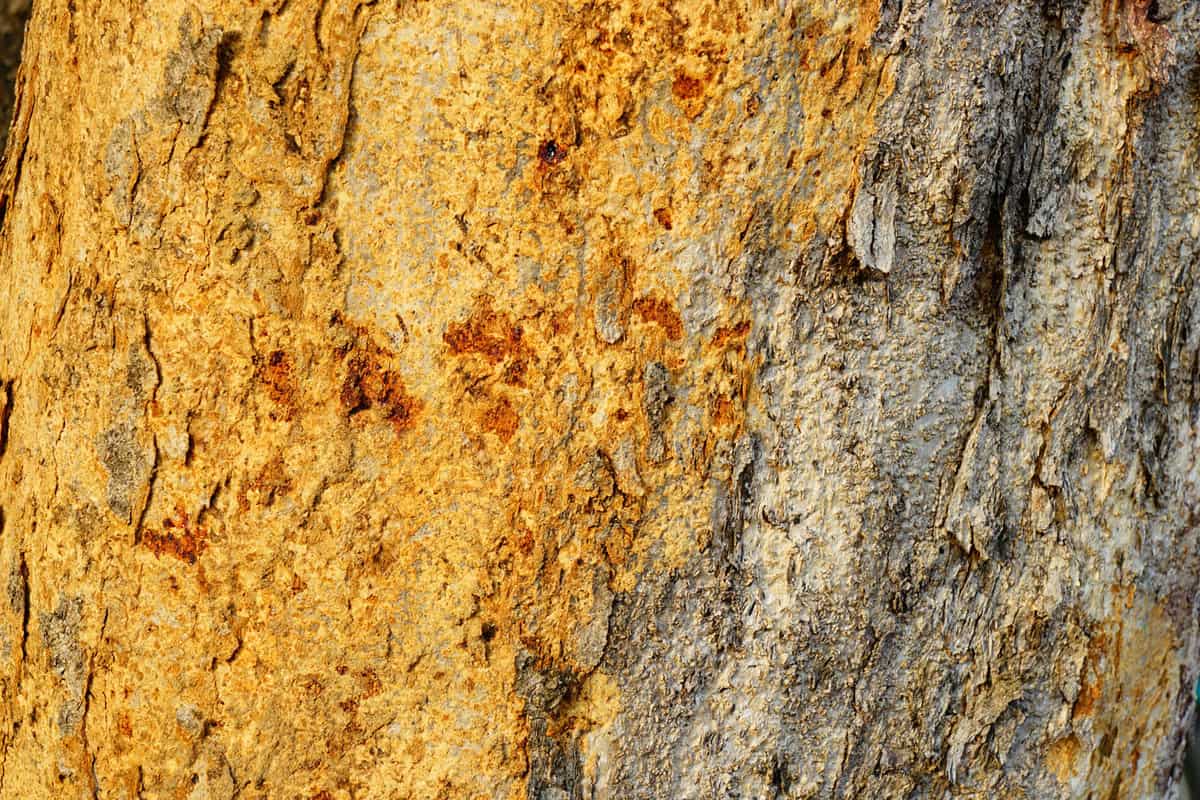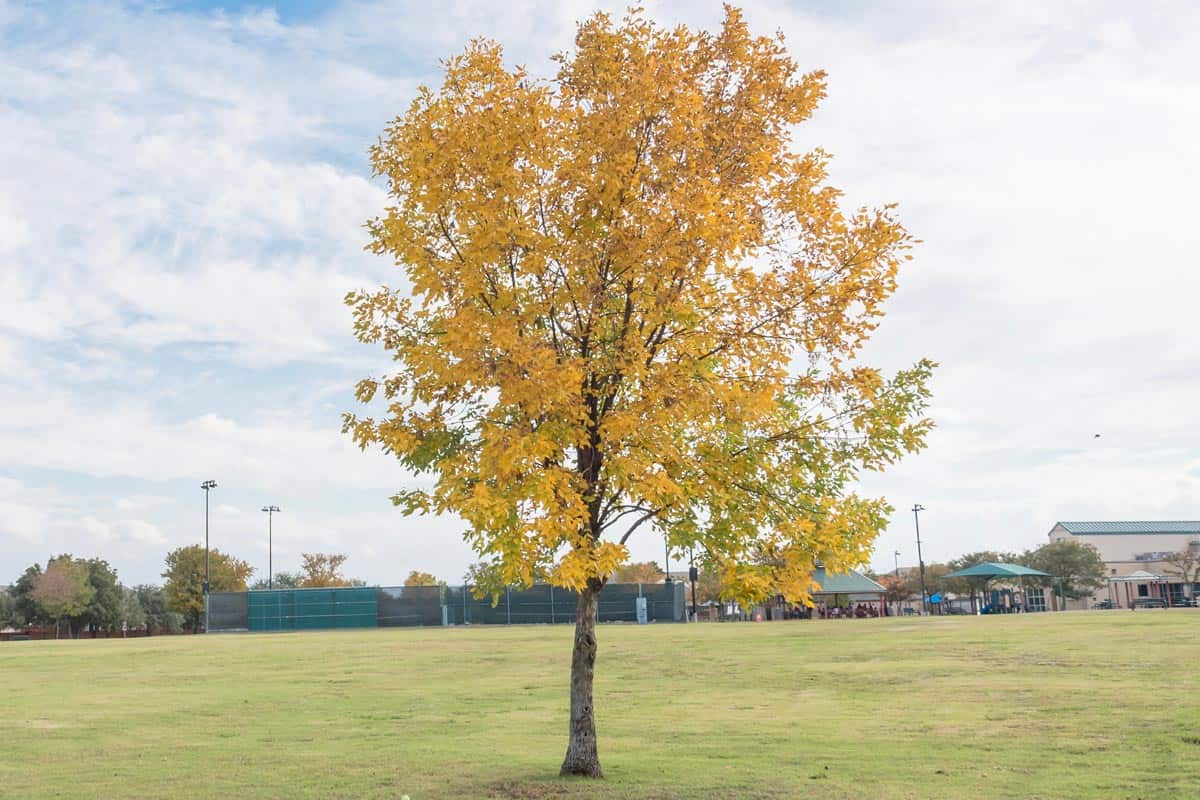Are you considering a Cedar Elm for your next big landscaping project but want to learn more about the benefits and downfalls associated with the species? Well, you've come to the right place. We've created this guide to bring you all the information you need to make your decision.
There are several Pros and Cons to a Cedar Elm tree:
Pros
- Great ornamental tree
- Provides shade
- Suitable for a variety of soils
- Draught tolerant
Cons
- Susceptible to Dutch Elm disease
- Pest problems
- Mildew issues
- Mistletoe invasion
You may be wondering if there is any way to prevent these common issues with Cedar Elm or how long it takes for a Cedar Elm to mature. Keep reading to learn all about adding Cedar Elm to your yard.

Is The Cedar Elm A Good Addition To Home Landscaping?
Yes, the Cedar Elm is a lovely addition to a home landscape. It thrives in zones 6-9, preferring warmer climates. It's known as a very hardy species, and because it can withstand drought, it has become a favorite in the southwest United States.
This species grows between 50 and 70 feet tall and has a canopy spread of 40 to 60 feet. It produces clusters of small, oval leaves with serrated edges with a rich, bright green hue.
Can The Cedar Elm Be Used As An Ornamental Tree?
Yes, the Cedar Elm is a great choice as an ornamental tree. Its branches bear small light green flowers in late summer, adding a touch of floral charm to the tree. In the fall, the leaves take on a yellow color, providing a gorgeous autumn fade for your landscaping.
Do Cedar Elm Provide Good Shade?
Yes, the widespread of this tree's canopy, along with its bushy leaf qualities, create a good deal of shade. The dense masses of leaves work well to block light from penetrating the tree's crown. This is a huge benefit if you're looking for some sun relief in the backyard.
What Type Of Soil Does Cedar Elm Prefer?

Cedar Elm is tolerant of many soil types and qualities, making it easy to incorporate into any yard. This tree will grow in acidic or alkaline soil, and it's not picky about the moisture content of the soil either. They have been known to grow in sand and clay.
Is The Cedar Elm Drought Tolerant?
Yes, the Cedar Elm is known for its ability to withstand severe droughts easily. They also do well in very moist conditions, making them an all-around weather-tolerant species. These trees do not like hard or continuous freezes, so they thrive in warmer climates but are very uncommon in cold areas.
Are Cedar Elm Trees Susceptible To Dutch Elm Disease?
Yes, all Elm tree species found in North America can become infected with Dutch Elm Disease. The disease is spread through a fungal spore that hitches a ride on the back of Elm Bark Beetles. It can also be spread through roots, such as when an infected tree's root comes in contact with a healthy tree.
The best way to prevent loss through Dutch Elm Disease is by keeping your tree as healthy as possible so it can fight off any illness it may encounter. If you begin to notice any Elm Bark Beetles, you will want to immediately employ a form of treatment.
Is Cedar Elm Vulnerable To Pests?

Elm Bark Beetles aren't the only pest that enjoys attacking the Cedar Elm. Aphids have been known to invade the foliage of these trees, weakening them and causing mold issues with their excrement. Spider mites and Elm Leaf Beetles are other pretty common pests that like to attack the leaves of Cedar Elm trees.
Sevin Bug Killer Spray
This pesticide spray is effective on Elm Bark Beetles and a host of other pests. This 32-ounce container attaches to your hose so you can spray larger plants like trees.
Click here to see this spray on Amazon.
Is Cedar Elm Prone To Mold And Mildew?

Healthy Cedar Elm trees do not often encounter problems with mold and mildew, but when they are weakened by a pest, like aphids, they may be more susceptible. Prolonged humidity can also cause powdery mildew on the tree's leaves, but this is common with most dense trees and shrubs.
The best way to prevent mold and mildew in Cedar Elm trees is to prune the tree's branches strategically to allow for good airflow. You should also remove any dead leaves, branches, and bark regularly, as this provides a premium environment for mold and mildew to grow.
Sun Joe Corded Electric Pole Chainsaw
This electric pole chainsaw will make short work of pruning your Cedar Elm. The extendable pole allows you to reach branches as high as 14-feet with ease.
Click here to see this saw on Amazon.
Will Mistletoe Attack Cedar Elm Trees?
Weak Cedar Elm trees can easily be overtaken by mistletoe, but healthy trees can generally fight off growth. If you notice a mistletoe problem starting on one of your Cedar Elm trees, you can cut back the affected area then wrap it in a black plastic sheet or a tarp to block light and permanently prevent regrowth.
Farm Plastic Supply Black Plastic Sheeting
This black plastic sheeting is available in a 4-millimeter thickness and will work perfectly to block the sun and choke out mistletoe invasions. It can also be purchased in various sizes for large jobs and small jobs.
Click here to check this plastic on Amazon.
Does Cedar Elm Attract Wildlife?

Attracting wildlife may be a positive for some people and a negative for others. The seeds produced by Cedar Elm are enjoyed by a variety of wild birds, including songbirds and larger game birds like turkey and quail. Deer are also fond of the seeds and the leaves of this tree.
Are Cedar Elm Trees Bad For Allergies?
Yes, Cedar Elm has been known to impact those with allergies negatively. When these trees flower, they release a good amount of pollen into the air during the spring. If you or your family members have seasonal allergies, this may not be the tree for you.
Are Cedar Elms Fast-Growing?

Cedar Elms grow at a medium speed, gaining between 13 and 24-inches per year. You will see a notable difference in this tree's growth at the end of each season, which can make it especially fun for children to watch and grow alongside.
How Long Does It Take To Grow A Cedar Elm Tree?
A Cedar Elm will reach full maturity somewhere between 20 and 30 years. At this point, it will reach a maximum height between 50 and 70 feet. Cedar Elm trees have an approximate lifespan of 100 years.
Do Cedar Elms Shed Their Bark?
As Cedar Elms grow, you may notice the bark peeling off in places from time to time, which is natural. If you see a lot of bark shedding at once or in concentrated areas, investigate the possibility of pests like insects or squirrels.
Do Cedar Elms Lose Their Leaves?
Yes, Cedar Elms lose their leaves in the fall, which means it will add leaves to the yard. If you don't enjoy raking and hate loose leaves in your yard, this is something to consider. On the positive side, leaving dead leaves on the ground is excellent for the ecosystem and provides nutrients to the soil when allowed to decompose naturally.
How Do You Take Care Of A Cedar Elm Tree?
Cedar Elm is a fairly low-maintenance species that require minimal effort to grow. While it is drought tolerant, keeping it watered in times of drought will benefit the tree's health, especially while it is young. It should also be pruned regularly to allow for adequate airflow and prevent mold and mildew.
Cedar Elm Excellence
Now that you know all the positive and negative aspects of adding a Cedar Elm to your landscaping, you're ready to decide whether or not this species is right for you. Make sure you consider the area you want to place it in and how large the tree will get as well. Good luck, and have fun gardening!
You May Also Enjoy
To learn more about the lifespan and growth rate of Elms, read our article, "How Fast Do Elms Grow And How Long Do They Live? [By Type Of Elm]"
If you want to learn more about other varieties of Elm, check out our article, "Do Chinese Elms Lose Their Leaves?"




My neighborhood is being affected by oak wilt, which is killing our vintage live oaks in the area, so I have worked with neighbors and with the HOA and I have planted around 50 new cedar elm saplings in affected areas to take the place of the live oaks. My favorite look is when the elms grow close together in groves along creek-beds, so instead of spacing my cedar elms far apart when I plant them, I have planted them with about 7 to 10 in a cluster and-rune them upright. Cedar elm is a wonderful tree and they are my favorite Texas tree next to the loblolly pine. These trees are great when they are young, however, I’ve noticed that they don’t age as well as the live oaks. Cedar Elms tend to loose all of their low branches when they get older and when they are over 100 years old, they can be subject to rotting, limb failure in storms, and ball moss or missile toe takeover. Younger cedar elms are the most beautiful trees in the world, but they tend to experience some decline as they age, since they do not tend to live much longer than about 150 years. Amid this, I still love the cedar elms for their handsome growth pattern and their resemblance of the Texas hill country and I want nothing more than my property to be filled with these wonderful elm trees.